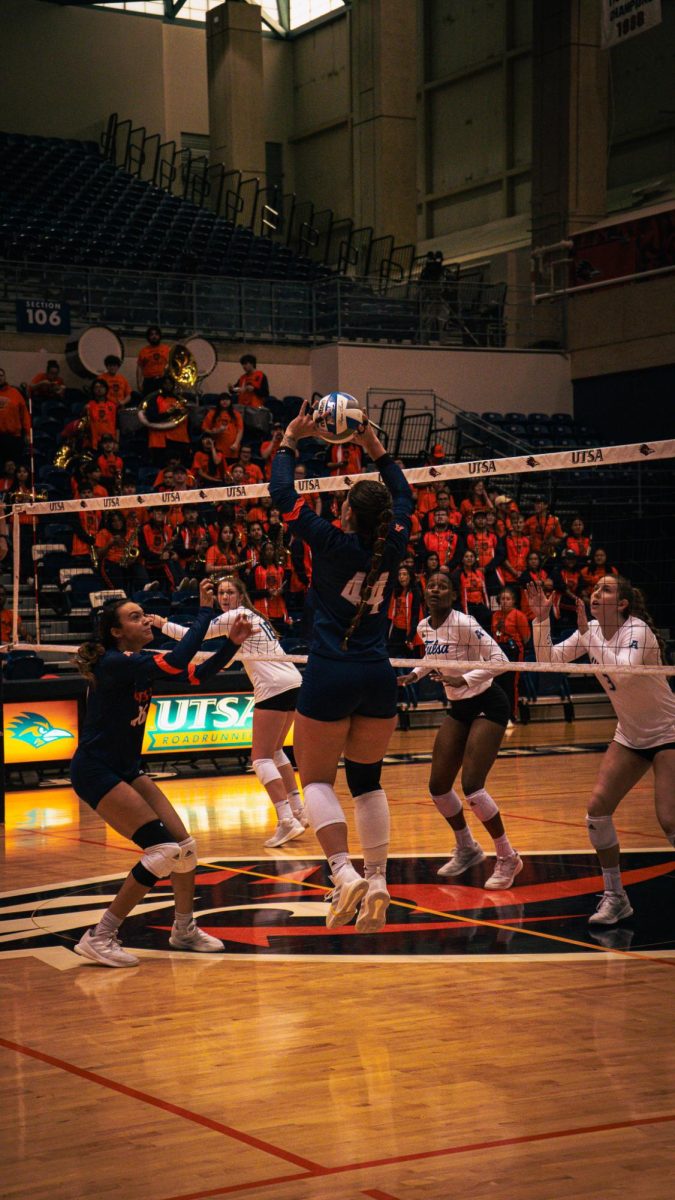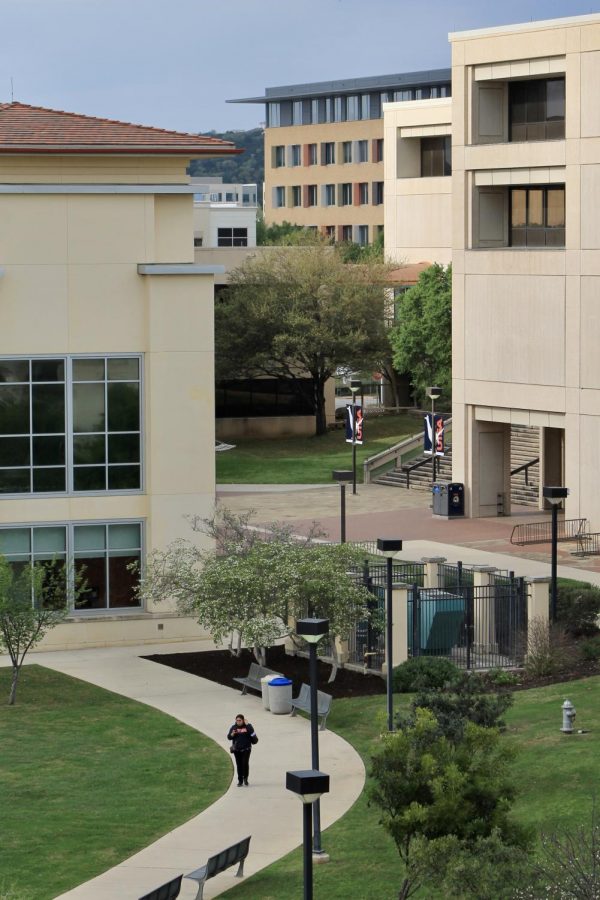
UTSA is requesting a 3.1 percent tuition increase for fiscal year 2013 and a 2.9 percent increase for fiscal year 2014, according to the university’s Tuition and Fee Proposal. Students enrolled full-time (12 semester hours) at UTSA for the spring semester last year paid $3,521 in tuition and fees. They saw that number climb to $3,679 when they returned in the fall, an increase of 4.5 percent, or $158.
The continual upward climb in tuition expenses has many students, and anyone responsible for paying the skyrocketing education costs, wondering when it will end, or even if it will end at all. The answer to these and other related questions may not be all that reassuring, but understanding why the problem exists can at least provide some perspective.
UTSA is hardly alone. Public universities across the state, and across the nation, are experiencing similar problems. The reason for the increase, at least in the case of public universities in Texas is, to a large extent, deregulation.
The state legislature began discussing the idea of deregulation in 1984, but did not take action on it until 2003, when the lawmakers found themselves staring at a $10 billion budget shortage in the face.
According to Elizabeth Young of the Texas Public Policy Foundation, the legislature reacted to the budget shortfall by cutting spending rather than increasing taxes. One result of the budget cutting measures was the deregulation of tuition and fees at public universities statewide.
The legislature was essentially faced with a losing proposition. Raising taxes would increase revenue, but it would also risk creating an angry backlash from millions of Texas voters. By choosing an option that included deregulating tuition at public universities, they risked angering only a relatively small percentage of that population.
Deregulation both reduced state funding for public universities and shifted tuition-setting authority to public university governing boards, according to a report by the University of Texas Board of Regents Office of Public Affairs. In other words, the state reduced spending on public higher education and allowed individual boards of regents to set their own tuition levels.
Young also points out that even though tuition increased nearly 32 percent in the four years preceding deregulation, the rate of increase jumped to a staggering 47 percent in the first four years after deregulation.
Nationally, tuition costs have risen an average of eight percent per year since 1958, doubling every nine years, according to College Board statistics. The increase is referred to as “college inflation.”
Compared to the rate of inflation for the economy as a whole during that same time period, college inflation has varied from less than the general rate of inflation for six of those years to more than six times the rate of inflation in 1959.
Over all, college inflation during that period increased at a rate that tended to be 1.2 to 2.1 times the rate of inflation.
This means a freshman starting school this spring and finishing four years from now can expect to pay $1,500 to $2,000 more for the last semester of full-time enrollment than he or she did for the first semester. In other words, as the cost of tuition increases, that same freshman can expect to pay four times as much to send each of his or her children to college.
“The increases in the cost of tuition at UTSA have not resulted in a budget surplus for the school,” said UTSA Chief Communications Officer David Gabler. “There are a number of reasons [for the increases in operating expenses], but one of the main reasons is the cost of paying competitive salaries to attract qualified faculty.”
Gabler continued by pointing out that by cutting state funding for public higher education, the legislature is effectively passing the cost of higher education to students and their families. This threatens the ease of access to education, especially for lower income students.
Whatever the causes for tuition increase – austerity-driven deregulation by cash-strapped states across the country or increases in faculty salaries, or both – one thing seems certain: the upward shift in education costs is not showing signs of slowing down any time soon.







